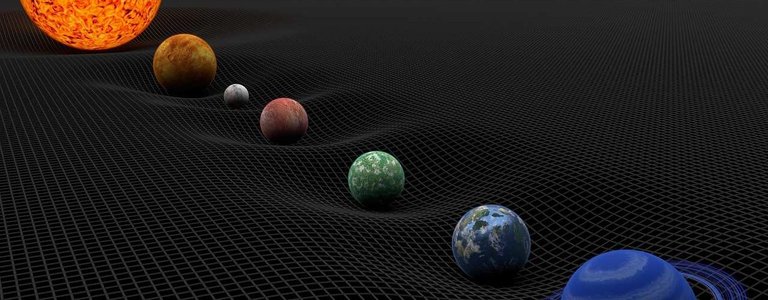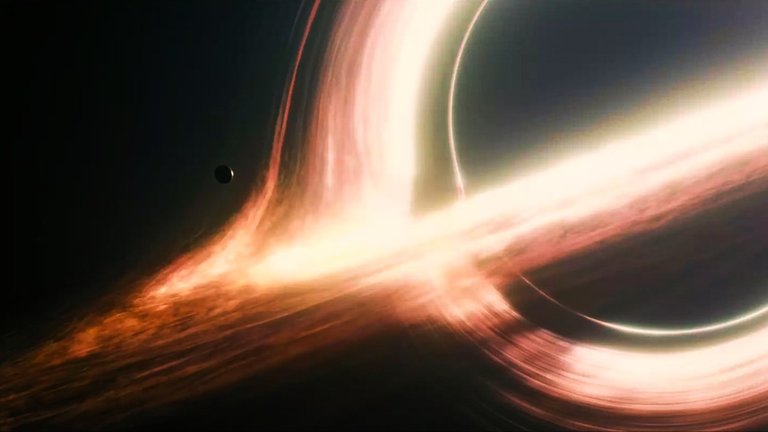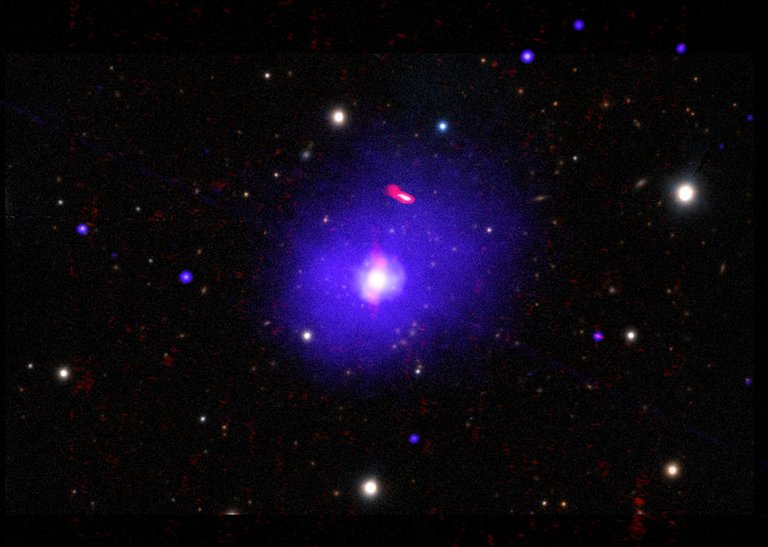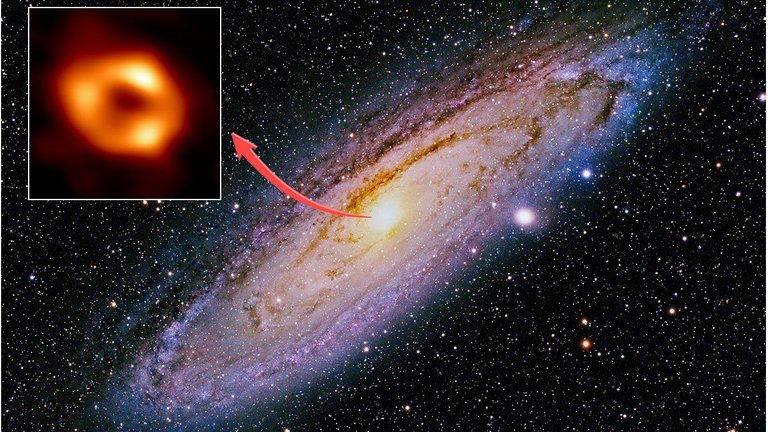The most massive black hole.
The most massive black hole.

Souce
The gravity of a massive object rotating space-time forms a phenomenon that was predicted by Albert Sen over a century ago, the special and general theories of relativity written in 1905 and 1916 respectively, showed that very high speeds or a Gravity enhancement can warp time in the same way that a ball on a rubber sheet would, the higher the speed or the stronger the gravity the greater the warp of time.

Souce
A planet like the earth can cause this effect, but it is extremely tiny, we are talking about a scale of nanoseconds, something only appreciable with atomic clocks, although it is an effect to be taken into account for satellites and navigation systems; the more mass, the greater the effect, so what can rotate quickly and have a large amount of compacted mass, because black holes are true space-time warping machines.

Souce
On June 30, the work of some astronomers who have managed, thanks to NASA's Chandra x-ray observatory, to measure the spin of a superlative hole, in this case, although the term does not yet exist in astronomy, I would call it mega massive because it is an actively growing black hole named H1821+643 that contains between 3 billion and 30 billion solar masses.

Souce
Luckily this mega beast is very far away at 3.4 billion light years from us, now astronomers have discovered that this black hole rotates at a modest rate compared to other less massive ones that rotate around the speed of light, because it is slower than others of less mass; The answer may lie in how these supermassive black holes grow and evolve, merging with other black holes, or perhaps because gas is sucked in in random directions; According to astronomers, it is likely that supermassive black holes that grow in this way often experience large spin changes, including decelerations or twisting in the opposite direction.
Thank you for visiting my blog. If you like posts about #science, #planet, #politics, #crypto #rights, #travel and discovering secrets and beauties of the #universe, feel free to follow me as these are the topics I write about the most. Have a wonderful day and stay on this great platform :) :)
! The truth will set us free and science comes closest to the truth!
0
0
0.000
Your content has been voted as a part of Encouragement program. Keep up the good work!
Use Ecency daily to boost your growth on platform!
Support Ecency
Vote for new Proposal
Delegate HP and earn more